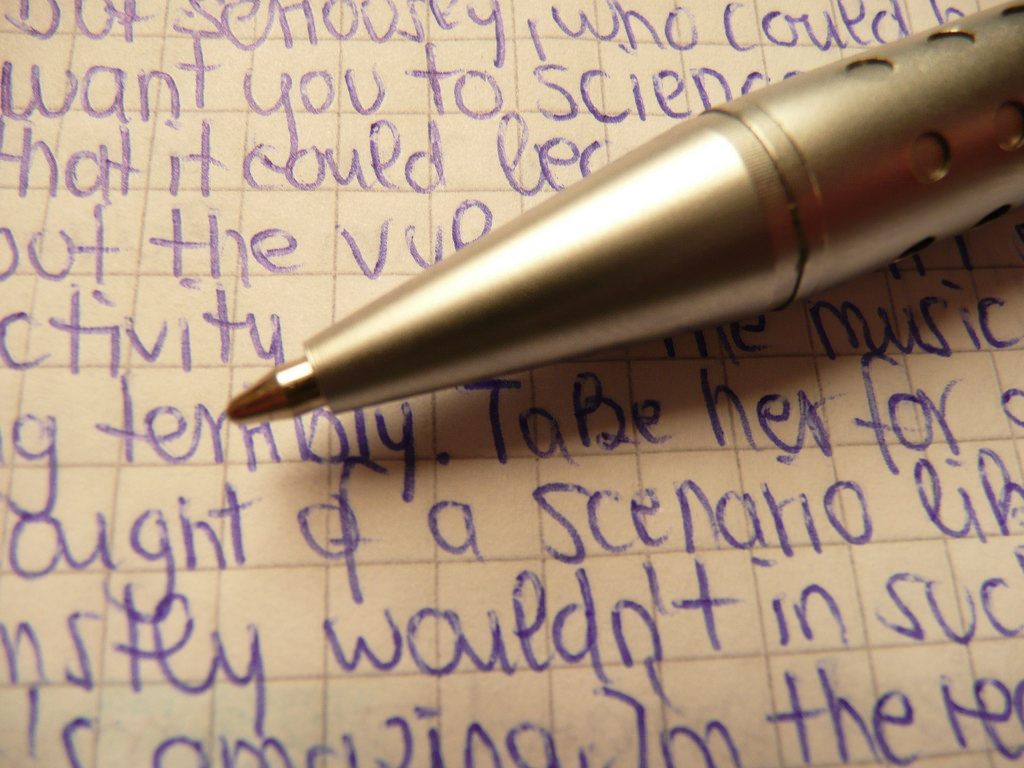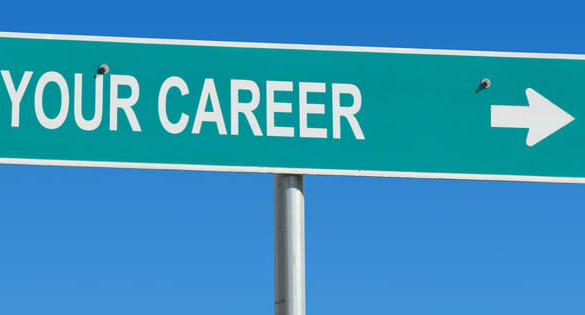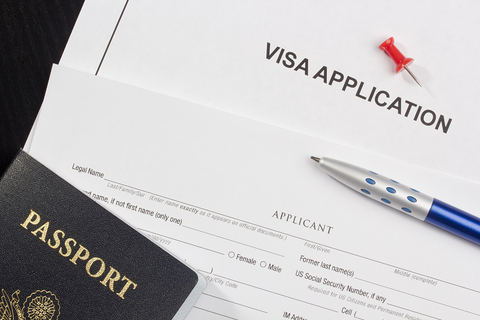Do you feel like you’re constantly playing catch-up when it comes to economics? You’re not alone. The economy can be a confusing topic, even for those who have studied it extensively. In this blog post, we will provide a beginner’s guide to the economy. We will cover the basics of economics from experts like Kavan Choksi Japan, including supply and demand, inflation, and recession. By the end of this post, you will have a basic understanding of how the economy works!
1. What is the economy and what does it do?
The economy is the system through which a society provides for its needs. It includes the production, distribution, and consumption of goods and services. The word “economy” comes from the Greek οἰκονόμος (oikonomos), which means “household manager.”
The economy is often divided into three sectors:
The primary sector includes agriculture, mining, and forestry. This sector produces raw materials that are used by the other two sectors.
The secondary sector consists of manufacturing and construction. This sector uses the raw materials produced by the primary sector to create finished products.
The tertiary sector includes services such as healthcare, education, and tourism. This sector provides services to consumers and businesses.
The economy is also often divided into two categories: the real economy and the financial economy. The real economy includes the production of goods and services. The financial economy consists of the buying and selling of assets such as stocks, bonds, and currencies.
2. The basics of economics: supply and demand
Economics is the study of how people use resources to produce goods and services. Resources include land, labor, capital, and entrepreneurship.
The law of supply and demand is one of the most basic principles of economics. It states that when there is more demand for a good or service than there is supply, the price of the good or service will go up. Conversely, when there is more supply than demand, the price will go down.
Supply and demand are determined by a number of factors, including technology, taxes, and the availability of resources. The law of supply and demand is not always accurate, but it is a good starting point for understanding how the economy works.
3. Supply and demand in the real world
In the real world, supply and demand are often not in equilibrium. This can lead to economic problems such as inflation and recession.
Inflation is when prices rise because there is more money in circulation than there is available to buy goods and services. This leads to a decrease in the purchasing power of money. Recessions happen when there is not enough demand for goods and services. This can lead to unemployment and a decrease in production.
4. Inflation and recession
Inflation and recession are two of the most common economic problems. They can be caused by a number of factors, including supply and demand imbalances, government policies, and natural disasters.
Inflation is often considered to be a bad thing because it decreases the purchasing power of money. However, inflation can also be used as a tool to stimulate the economy. For example, if the government wants to encourage spending, it can print more money. This will lead to higher prices, but it will also increase the amount of money available to buy goods and services.
Recession is often considered to be a bad thing because it leads to unemployment and a decrease in production. However, recession can also be used as a tool to restructure the economy.









